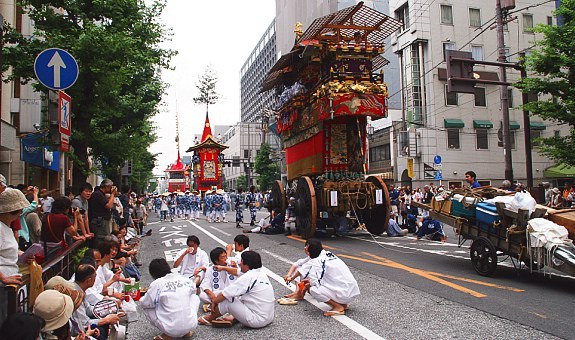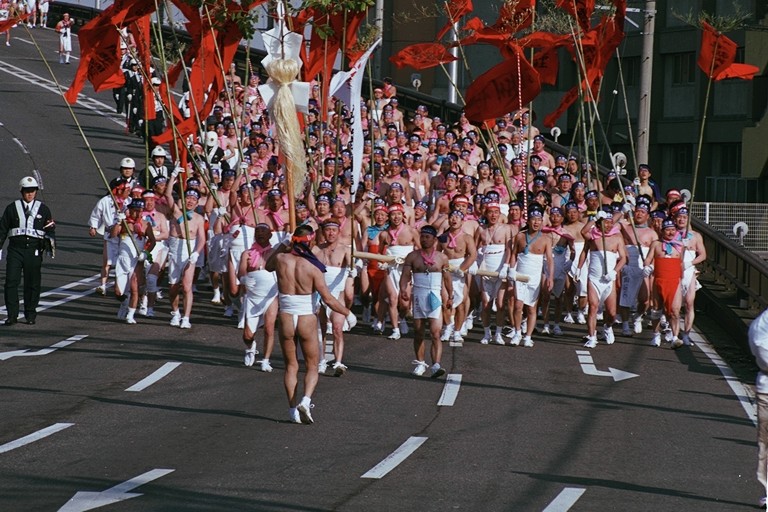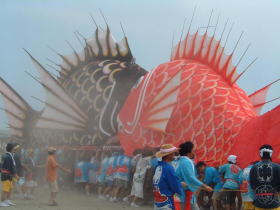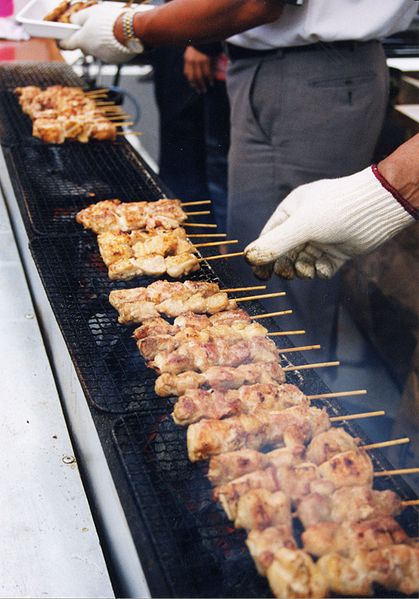Recently a report by Mercer Consulting listed the ten most expensive cities in the world for expats. According to Mercer, that while the global economy is slowing, the cost of living is still rising in many places throughout the world. These benchmarks affect how companies look at compensating their expats living overseas. It also affects workers' decisions to make the move.
It turns out my husband and I have basically lived in three of the ten most expensive cities in the last twenty years. Japan made the list three times. Tokyo is the most expensive city to live in now (we lived in Yokohama, connected to Tokyo by urban sprawl). Osaka made number three. And our sweet, little Nagoya? Number 10! Woot!
 |
| Nagoya; view of Oasis 21 |
According to the article, renting a luxury apartment in Nagoya still costs half the price of the same apartment in Tokyo. Their other parameters -- for example, a fast food meal, an international newspaper, a gallon of gasoline, and a cup of coffee -- are the same price in Tokyo and Osaka. I would agree with this assessment. Food, gas, etc., is going to cost about the same wherever you go in Japan. Renting in Tokyo is ridiculously expensive and prices have been driven up by the Great Tohoku Earthquake last year.
However, looking at some of the prices listed, I'd like to know why it's costing someone $6.38 to buy a cup of coffee in Nagoya. Everyone knows you can get a breakfast set at Komeda for about $3 which includes coffee, toast, and a boiled egg. McDonald's large coffee and sausage McMuffin is $2.10. And what fast food meal cost $8.42? They're not eating at Yoshinoya, that's for sure.
As an expat, you want your company to recognize the cost of living in these cities. Mercer based their rankings on the cost of 200 items. Here are some other prices I'd like to see in the list:
The cost of a single Croc shoe when your child loses one in the gap between the subway platform and the subway. And the cost to your pride when your children and wife cry all the way back to the hotel because of the missing shoe.
The cost of a cab ride to your home from the end subway station when your husband falls asleep on the train to wake up in a deserted station and realizes the trains are done running for the night.
The cost of weekly breakfast sets for you and your preschool age child because the preschool opens one hour later than the elementary school and it's too far from your home to drive back and to sit in your car for an hour would drive you completely insane. (See price of Komeda and McDonald's breakfast sets listed above).
 |
| Where not to keep your iPhone |
The cost of a new iPhone because you kept one in your backpocket when you helped your child in a squat toilet at a park and then helplessly watched the phone drop down the sewage hole.
The price of trying to make a three year old walk home from a festival so crowded that getting on subways or finding cabs is impossible. The actual price is found at a 7-11 in the form of candy. Lots and lots of candy.
The price of walking your children to an early morning sumo practice at a local temple and their getting to meet a sumo wrestler? Free. That's the kind of experiences that makes putting up with high prices in foreign cities worth it.
 |
| Meeting a Sumo |























